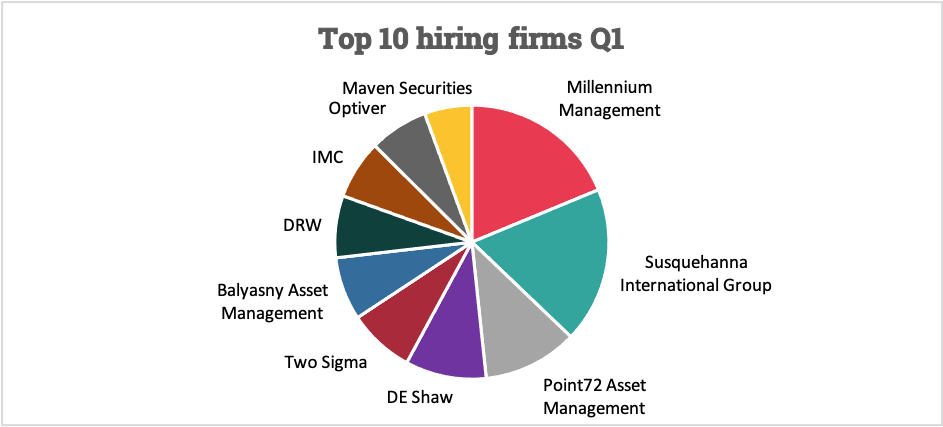

Quant portfolios are based on a deep study of statistical models, markets & tested extensively. Therefore, extensive testing is conducted to see if these factors gel together and are constantly monitored to fine-tune them as more data emerges. These are called multi-factor models and aim to deliver a finer outcome in terms of better returns and lower risk in general.

Generally, quant funds in India have followed ‘single factor’ or ‘multi factor’ based models where the models are designed to filter down the fund’s investment universe down to a ‘model portfolio’ (as explained above) basis these factors. While traditional Mutual Funds are classified based on market cap, investment style, sector bias, etc., quant funds are classified based on quantitative factors (or statistical measures) that go into the model. While traditional active investing seems more like art, based on the skill & giftedness of the fund manager, quant fund management is closer to more maths & science, which believes that results should be predictable & replicable. While active fund investing is largely about fundamental research on companies & sectors and investing with a view on the future, quant investing or quantitative techniques are all about trend analysis, computing & statistical modeling on past data. Instead, much of the hard work regarding the research & quant model testing and simulation is done before the quant fund is launched, and the fund manager also sees to the refinement of the model over time as the markets evolve. His/her role, on a day-to-day basis, is limited to monitoring the performance of the fund and the alignment of the portfolio to the model’s outcomes. The quant fund manager simply replicates the model portfolio suggested by the said Algo or program. This approach is called Quantitative Investing. The Quant Fund Manager just executes any incremental changes in the portfolio that come out. The Model Portfolio is designed to be replicated periodically (most usually on a monthly or quarterly basis).


And the set of rules & restrictions, along with the steps to be taken, are called the Quant Model. This set of rules & investment restrictions results in an output, a templated portfolio, also referred to as the quant fund model portfolio. Think of it as a MasterChef recipe that is supposed to be followed to the T. This set of rules & restrictions act more like a computer program (A.I.) or an ‘Algorithm’ and are very objective with no room for judgment calls. Quant Funds are a sort of quasi active, quasi passive investment where the fund manager is in charge of the eventual investment decisions but their actions are guided by a set of rules & investment restrictions that decide the course of action. To understand more about this exciting yet lesser-known category of mutual funds, read on. However, over the past few years, as fund managers have found it challenging to beat benchmarks, Quant Funds have seen increased adoption in India. Over the past few decades, the Indian market has been largely dominated by active investing where the fund manager’s skill in identifying top-performing stocks as well as the right sectors, has been most valued. Well, prepare to be surprised! The mutual fund industry has also adopted AI and ML. But, could you ever imagine the application of AI and ML in an industry like mutual funds that is so heavily driven by human decisions? Artificial Intelligence (AI) and Machine Learning (ML) have been the buzzwords the world over impacting every possible business and changing the way we perceive the man-machine overlap.


 0 kommentar(er)
0 kommentar(er)
